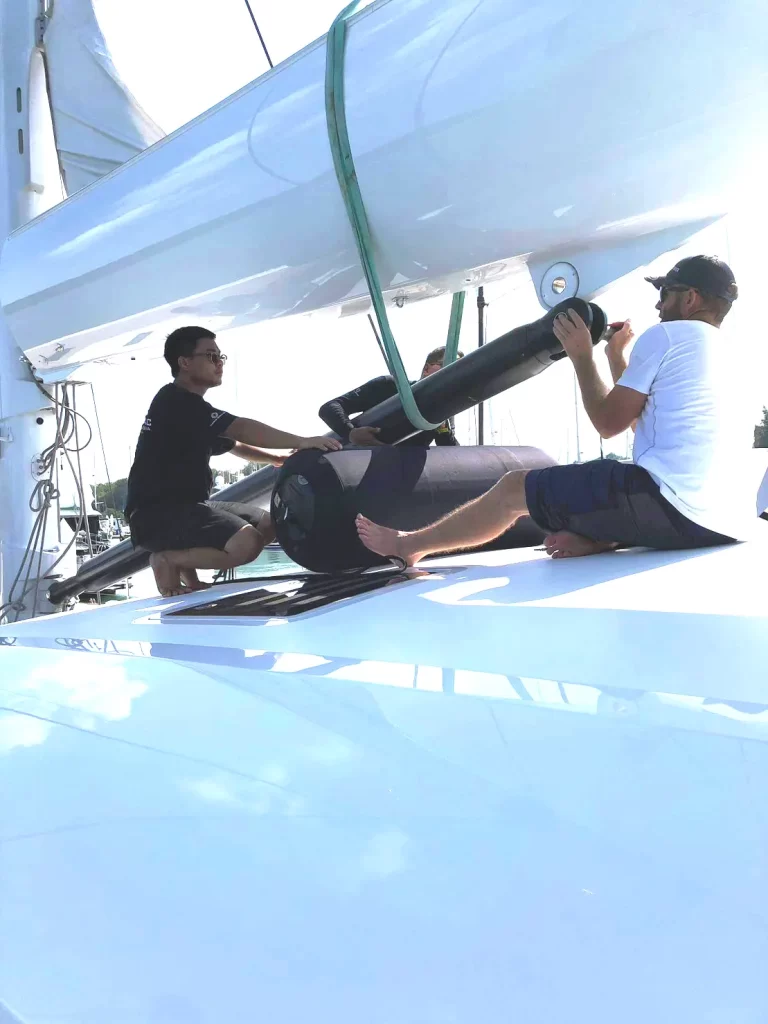Clearvac Engineering Asia is recognised as Thailand’s Nº1 Navtec Hydraulics for sailing yachts of all sizes.
Navtec Hydraulic Systems for Sailing Yachts
Clearvac Engineering Asia is your destination for precision Navtec hydraulic systems tailored for luxury yachts and competition vessels. As your Navtec service centre, our focus is on technical expertise, delivering reliable installations and genuine components to ensure your yacht’s performance.
Navtec is the world leader in hydraulic systems for sailboats. All Navtec Hydraulics products are designed to provide maximum performance with minimal service for extended periods under extreme conditions.
- Precision Hydraulic Systems: Engineered with leading technology, these systems provide unparalleled control over sail trim, keel movement, and stability adjustments. For private yachts, this precision ensures a smooth and controlled cruising experience, offering effortless manoeuvrability and stability in varying weather conditions. For racing vessels, this precision becomes a competitive advantage, enabling swift and responsive adjustments crucial for gaining an edge on the racecourse.
- Robust Backstays: Professionally installed to guarantee mast stability, backstays are essential for safe and controlled navigation. In the realm of competitive racing, where mast stability is crucial for sail performance, our hydraulic backstay adjusters provide maximum speed of tension change when mark rounding.
- Innovative Mast Jacks: Designed for rapid and precise rigging adjustments and optimised for load distribution, Navtec is globally recognised for engineering lightweight strength. During leisurely cruises, these jacks enable effortless rig tuning. In competitive racing, where split-second adjustments are crucial, Navtec mast jacks offer the agility to instantly fine-tune rigging.
- Customised Boom Vangs: Representing the pinnacle in tailor-made solutions for sail control systems Navtec vangs are meticulously designed and built with adaptability in mind, employed to suit the specific needs of individual yacht configurations, providing precise control over sail shape and position.
- Sophisticated Controllers: With intuitive design carefully integrated into the yacht systems, our controllers offer nuanced adjustments for ultimate control. Ease of operation is paramount to our commissions. Where split-second decisions depend on accurate executions, Navtec controllers provide the responsiveness and absolute precision required for victory.

Genuine Navtec Parts
Clearvac Engineering Asia supplies genuine Navtec components, including:
- Seal Kits
- Pump Assemblies
- Valve Bodies and Components
- Cylinders and Piston Assemblies
- Deck Glands
- Gauges
- Filters
- Hoses and Fittings
- Manifolds and Blocks
- Accumulators
The Clearvac / Navtec Commitment
- Technical Excellence: The official Navtec hydraulic service centre in Thailand.
- Reliability: Delivering dependable services, ensuring minimal downtime.
- Personalised Attention: Tailoring solutions to meet individual requirements.
NAVTEC HYDRAULICS
Technical Questions and Maintenance Advice | FAQ
I’m having trouble reading the gauge on my backstay adjuster. What should I do?
Over time, the lenses on gauges tend to deteriorate, becoming faded and cloudy due to prolonged exposure to direct sunlight. Unfortunately, this process is irreversible. However, Navtec offers a solution by providing a clear plastic sticker that can be applied to certain gauges. This overlay also allows the gauge to display the pull force instead of hydraulic pressure.
If the overlay becomes clouded, it can be cleaned using mild soap and water. It’s important to note that using certain cleaners or solvents might further cloud the lens, so stick to soap and water for cleaning.
If cleaning doesn’t improve readability, the only recourse is to replace the gauge. Contact us using the form below to assist.
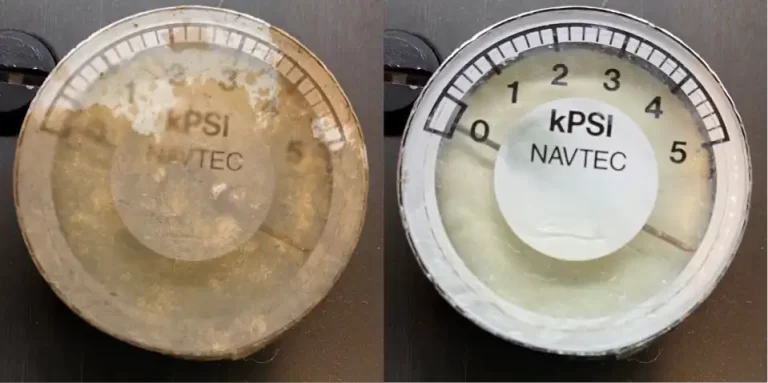
How do you measure the size of rod rigging?
Rod rigging size is based on its rated breaking strength, measured in pounds.
The designation begins with a dash (“-“) followed by a number, indicating the rated strength in thousands of pounds. For instance, a rod labelled ‘-12’ (pronounced as ‘dash twelve’) has a rated strength of 12,000 lbs.
How does a mechanical locking cylinder operate?
The current Navtec mechanical locking cylinder employs an extended piston rod equipped with a long thread, equal in length to the cylinder stroke. This extended rod resides within a lengthened tube located at the rod end of the cylinder. During hydraulic adjustment of the cylinder, the nut can be fine-tuned, mirroring the movement of the piston rod.
Once the cylinder reaches the desired adjustment point, tightening the nut secures it in place, preventing further extension regardless of whether hydraulic pressure is released or lost. Moreover, the nut can serve as a stop to limit the cylinder’s extended position. For instance, when releasing your backstay while sailing downwind, the nut can be set to restrict the cylinder’s extension even when the valve is opened.
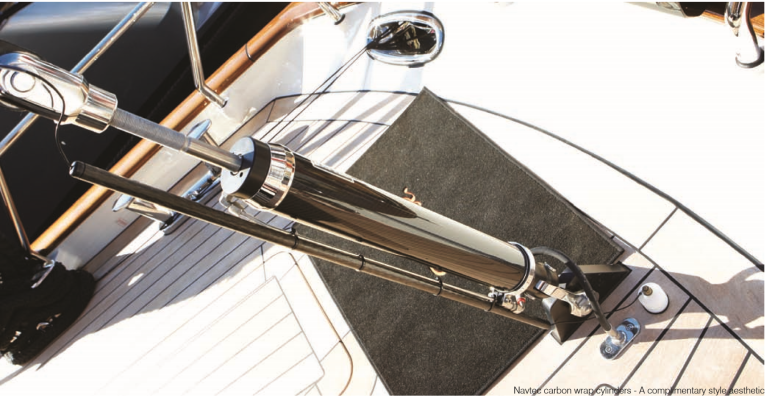
What material is used to create rod rigging, and what contributes to it’s strength?
Navtec’s standard rod rigging is crafted from cold-drawn Nitronic-50, a nitrogen-strengthened austenitic stainless steel. Compared to 316 stainless steel, it boasts higher concentrations of Chromium, Nickel, and Manganese, thereby offering significantly enhanced corrosion resistance properties. Cold-drawing this steel yields strengths ranging from 180kpsi to 220kpsi, suitable for rod rigging applications.
Even at the levels of cold work required to achieve these strengths, the material retains excellent ductility, exhibiting an elongation of 12% or more.
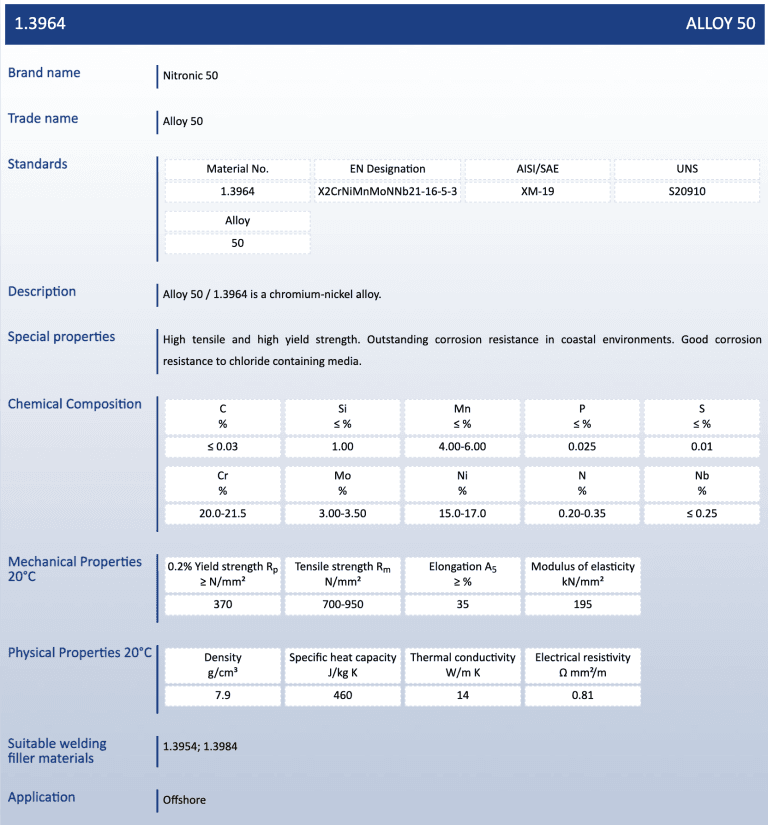
Is it possible to power Navtec hydraulics using a boat’s onboard hydraulic system?
Yes, in most cases, a vessel’s power packs can be integrated with Navtec systems. However, a potential challenge arises as most onboard power units operate at 2000 to 3000 psi, whereas Navtec systems function at 5000 psi. As such, adjustments, such as increasing cylinder size, might be necessary due to the variance in pressure.
To determine the best way to interface your boat’s powered hydraulic system with Navtec systems, contact Clearvac Engineering Asia (Thailand’s № 1 Navtec Service Centre) via the form below. Providing details about your vessel’s powered hydraulic system so we can best assess your options.
How can I clean out my hydraulic system if it has become contaminated?
If contamination affects the hydraulic oil in your system, a complete flushing with fresh oil is necessary. Begin by fully extending all cylinders to ensure that all oil is drained from the cylinders into the reservoir. Subsequently, drain all contaminated oil from the reservoir, refill it with new oil, and replace the filter.
Each hydraulic line must then be individually bled at each cylinder. Next, pump each cylinder all the way down and fully extend them to flush out any remaining contaminated oil. Finally, re-bleed the hydraulic lines to ensure proper functioning.
What steps can be taken if the integral backstay adjuster fails to maintain pressure?
If your Integral Backstay adjuster fails to maintain pressure, the issue often stems from an air lock or worn-out seals. To address an air lock, follow the bleeding instructions outlined in the owner’s manual. In case you don’t have the manual, you can find it under the ‘Manuals’ section on the website.
If bleeding doesn’t resolve the issue, contact Clearvac Engineering Asia (Thailand’s № 1 Navtec Hydraulics Service Centre) using the form below, and we can replace the seal.
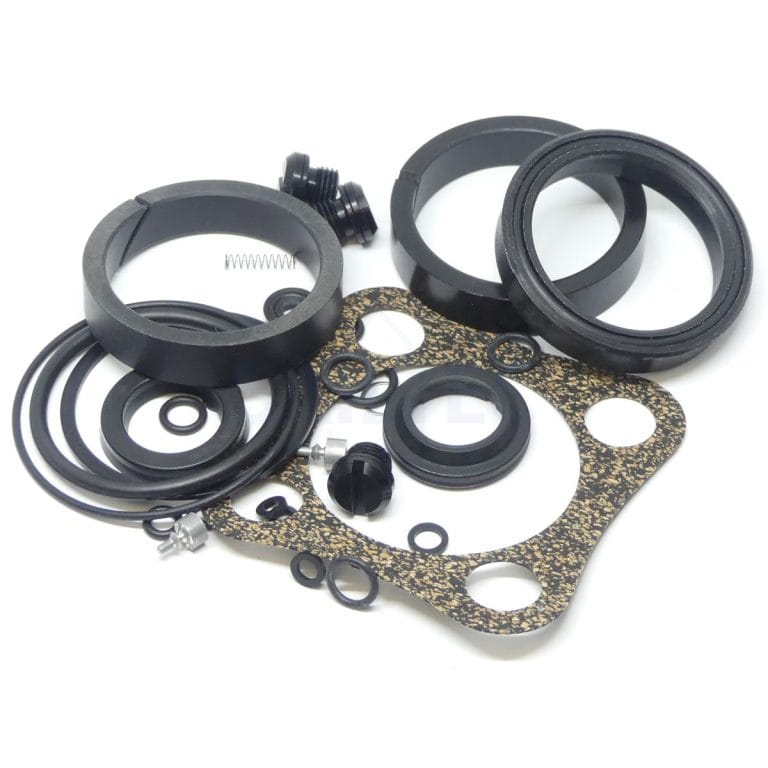
What factors should I consider in determining the most suitable hydraulic system for my boat?
Selecting the right hydraulic system for your yacht relies on various factors, including the boat type and its intended use. To determine the ideal system tailored to your specific requirements, it’s recommended to consult with Clearvac Engineering Asia to discuss details about your boat and articulate the specific objectives you want the hydraulic system to accomplish.
What is the recommended coiling tightness for rod rigging to avoid potential damage?
Avoid coiling the rod tighter than 200 times the rod’s diameter. Coiling beyond this limit may cause the rod to retain some degree of bend when uncoiled, potentially leading to damage.
Is it possible to use a failsafe turnbuckle with an integral backstay cylinder?
No, the design of the integral backstay cylinder allows only the factory-supplied alloy jaw to be screwed onto the rod end.
How can I differentiate between steel and bronze turnbuckle screws?
Some bronze screws have undergone chrome plating, requiring a closer inspection to determine the material. A simple method involves lightly filing the end of the stud on the flat side adjacent to the cotter pin hole. If the stud is made of bronze, filing will reveal the golden hue characteristic of bronze. In contrast, a steel screw will display a silver coloration in the file mark.

What is the recommended air pressure for my Hydraulic Backstay Adjuster?
The standard recommended pressure is 100 psi when the piston rod is fully extended.
What weight reduction can I expect by using Kevlar for my runners?
Kevlar weighs less than half compared to Nitronic 50 rod rigging or 1×19 wire of similar size. The weight savings depend on the length and size of the runner. Generally, larger wire or rod sizes yield greater savings. For instance, considering a 1/4″ wire runner that is 50′ long with eyes on both ends: it weighs 6.92 lbs. A runner made from -6 rod would weigh 5.66 lbs. Meanwhile, a runner crafted from 3.8T Kevlar, with the same length and end fittings, would weigh 2.55 lbs. In this scenario, Kevlar runners would be 8.74 lbs lighter than 1×19 wire and 6.22 lbs lighter than -6 rod.
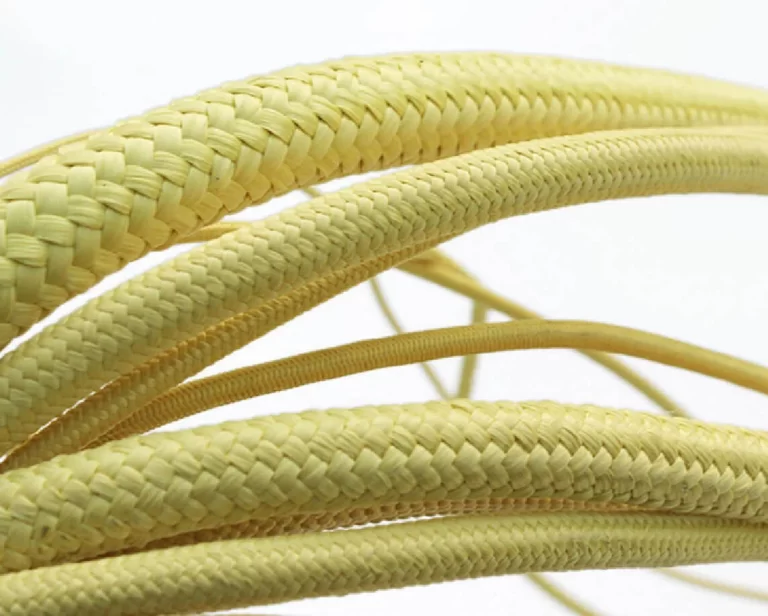
What kind of adhesive is recommended for Navtec fittings?
Navtec suggests using Loctite RC 680 compound for their fittings. It’s crucial to ensure that the surfaces are thoroughly cleaned and devoid of dirt and oil before applying the Loctite. Though not mandatory, Navtec also recommends using Loctite Primer T to prep the surfaces before applying the adhesive. RC 680 is a robust, high-temperature, high-strength compound. Removing it requires exposure to high temperatures, which might damage Navtec insulators. Therefore, for insulator fittings, a lower-temperature compound should be used. Alternatives include Loctite 290 (green) and 277 (red), which can be paired with primer T or primer N. It’s important to conduct a locking test on the part after the Loctite has set when using it to secure rigging fittings.
Are different cones required in a swageless fitting for 1 x 19, 7 Strand, or Dyform wire?
Yes, three distinct cone styles are crafted for each of these wire constructions. The reason behind this variation lies in the different diameters of individual strands in each wire type, necessitating specific cone shapes and diameters to accommodate accordingly.
When assembling swageless fittings, what type of sealant should be used?
Opt for a non-corrosive marine sealant. Never use domestic bathtub sealant as it contains acetic acid, which can be detrimental to stainless steel.

When replacing wire rigging with swageless fittings, is it necessary to also replace the cones?
Yes, Navtec recommends replacing the cones when replacing the wire.
What lubricants do you recommend for turnbuckle threads?
For turnbuckles with dissimilar metals (such as a bronze screw in a stainless steel body), using any high-quality waterproof grease is suitable. Lanicote is also commonly used. Additionally, oils—particularly those containing Teflon—can be used.
For turnbuckles where both the screws and bodies are stainless steel, it’s advisable to use a grease containing Molybdenum Disulfide. A dry lubricant with Molybdenum Disulfide can also be applied. As of now, there’s no lubricant as effective as Molybdenum Disulfide in preventing galling. However, it’s important to note that Molybdenum Disulfide is black and can cause sails and hands to become black effectively.
What’s the suggested frequency for rigging inspection?
Navtec advises conducting rigging inspections annually and before undertaking significant offshore passages.
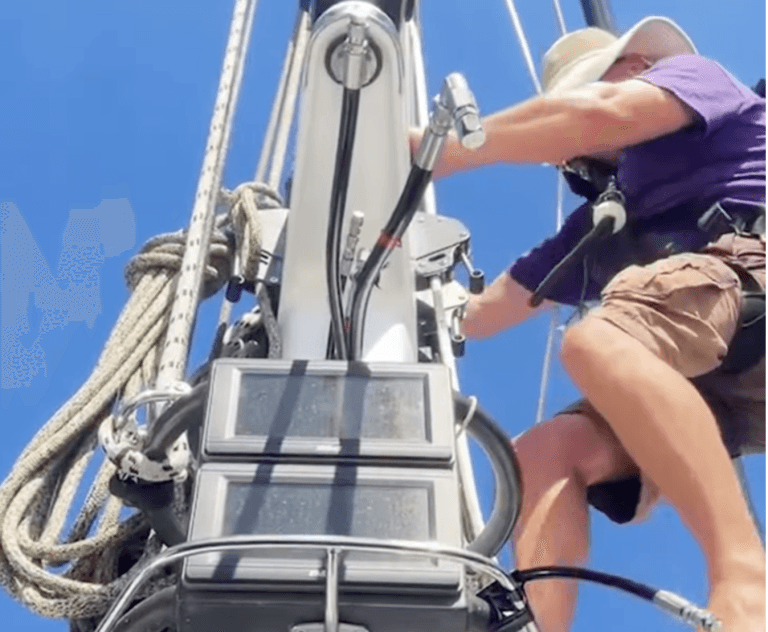
What type of lubricant should I apply to the rod heads when reassembling my rod rigging?
Navtec suggests using high-quality waterproof grease on rod heads. Some riggers prefer to use Lancôme, a grease containing lanolin known for its reputation for minimising sail staining.
What’s the recommended interval for changing the oil and filter in my hydraulic system?
Initially, the filter should be replaced one year after the system’s installation. Subsequently, the filter should be checked annually and replaced at least every three years. For optimal maintenance, the system should undergo flushing, with new oil and filter added, every 5-7 years.
Is it possible to perform repairs on Navtec hydraulics myself?
Navtec hydraulics should be repaired exclusively by authorised Navtec agents. Specialised tools are required to properly insert new seals, ensuring zero leakage.
Contact Clearvac Engineering Asia (Thailand’s № 1 Navtec Service Centre) by completing the form below and sending us details of your requirements.
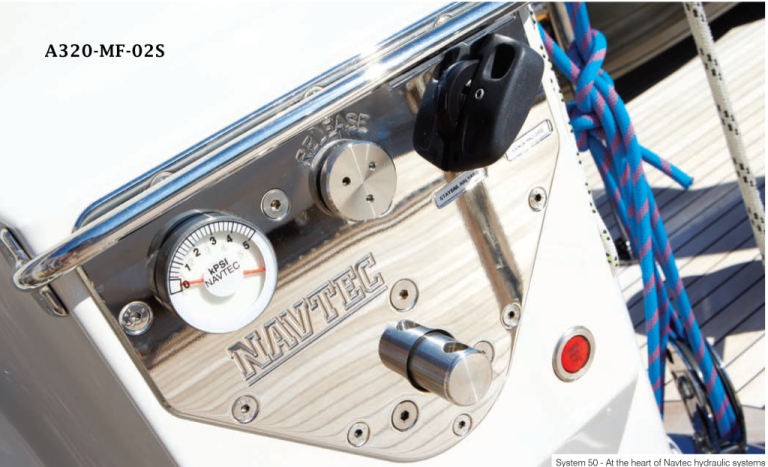
NAVTEC HYDRAULIC SERVICES
IN THAILAND?
Let's Connect! Send us your requirements below.

